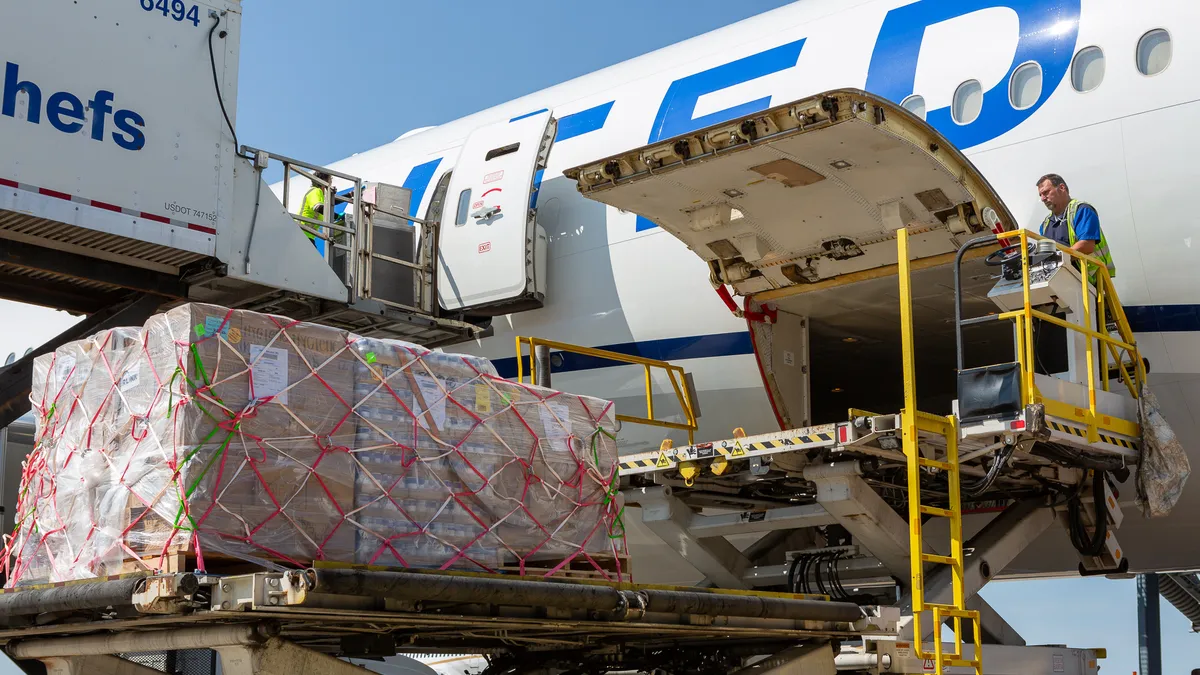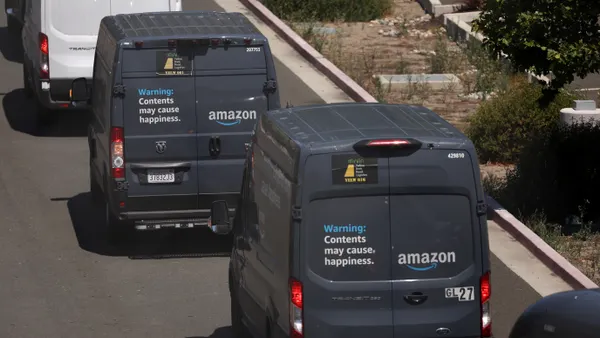Fall is finally here, and it's not just about withering leaves, cozy weather, and pumpkin spice. It is also the season of festivity and online sales. Retail stores across the United States are gradually seeing more footfalls, and online shoppers are eagerly awaiting the big sale days to shop their favorite goodies and prep up for the festive season.
During the Labor Day week, some great deals in fashion, apparel, home furnishing, and tech gadgets were lined up for millions of American customers. Clothing sales from J.Crew, Levi's, & Other Stories, and Madewell, tech deals from Walmart, Dyson, and B&H Photo and Video, and great furniture selections at Wayfair and ABC Carpet & Home are some of the biggest deals to watch out for this fall.
Soon, Amazon's much awaited Prime Day is likely to follow. Later, there's Black Friday Sale during the Thanksgiving week and Cyber Monday Sale right after that. Looks like the coming few months are filled with great deals, discounts and shopping fests for online buyers.
2020 has been a slow year for retailers due to the COVID-19 pandemic, and the upcoming sales are a great opportunity to boost sales and make up for the lost revenue. But at the same time, it's going to be an insanely busy period for online sellers, retailers, and manufacturers. Order volumes during peak seasons are generally at an all-time high, and the pressure on e-commerce companies to manage packaging, shipping, and deliveries of these colossal orders is huge.
A number of logistical challenges can pop up during peak seasons and festive shopping sales.
- Products going out-of-stock during the peak season, leading to delay in delivery to customers.
- Planning routes for thousands of last-mile deliveries, on-demand orders, and returns.
- Estimating and managing inventory space could be a problem, causing unwanted chaos in warehouses.
- Due to a sudden spike in demand, resource availability and allocation for deliveries is often a problem.
- Businesses deal with thousands of orders every day during peak seasons. Shipping and dispatching these orders accurately could lead to errors if done manually.
Retailers and e-commerce companies need a reliable and efficient supply chain in order to ensure fast and smooth last-mile fulfillment, especially during peak delivery seasons and festive rush periods. Advancements in logistics technology, data science algorithms, and Artificial Intelligence can help businesses overcome these challenges and maximize last-mile efficiencies during peak delivery periods.
Historical Data Analysis
Demand surges during peak seasons are impossible to predict due to the stockpiling behavior and excitement of customers at the time. With the help of demand forecasting and historical data analysis, companies can auto-generate results of demand requirements during holidays and peak sale periods. Once the demand estimates are in, it is easier to stock up on the required products, and scale up or down instantly.
Data from past sales and deliveries during peak periods can come in handy for planning logistics operations effectively. A close analysis of previous peak day sales and delivery data can offer valuable insights about peak period volumes, delivery bottlenecks, and on-ground operations.
Route Planning & Optimization
According to a Home Delivery Shopping Survey, conducted by EMarketer, digital retailers meet the delivery expectations of consumers only 50% of the time. Efficient route planning and dispatching is critical during peak seasons to ensure that customers receive orders in time.
AI-powered route planning and optimization solutions help in planning hundreds and thousands of delivery routes accurately, considering real-world constraints such as traffic congestion, rider knowledge, etc. Route optimization allows businesses to plan heavy volume dispatches effectively, while saving fuel costs and manual working hours dramatically.
Parcel Sorting & Shipment
During peak seasons, warehousing activities could go haywire if not managed properly. Most e-commerce companies still follow manual processes for sorting delivery packages before shipping them. It is both time-consuming and inefficient. Parcel sorting solutions automate this whole process with rider/vehicle/zone-based shipment sorting and interactive mapping, leaving no room for error and a significant reduction in the sorting time. With the help of smart sorting, orders can be shipped and delivered to the end customer much faster.
Fleet Management & Tracking
If managing fleet and tracking delivery operations is hectic on normal days, it is even more complicated during peak seasons, due to the sudden spike in volumes and increased customer expectations. Logistics managers could use real-time visibility solutions to track fleet movement and on-ground delivery activities as they occur. This helps in taking necessary measures to avoid delays in delivery and ensures that rider productivity is maintained. Real-time shipment tracking also allows customers to be informed about the whereabouts of their orders, increasing their trust in the brand.
For new-age supply chains, it is extremely important to be ready to face any challenge, whether it is a pandemic or a peak delivery season. Holidays, sale days, and online shopping fests could be worrisome for retailers and e-commerce sellers, but the right use of logistics technology and Artificial Intelligence in your supply chain can help you manage peak season deliveries, utilize resources efficiently, and ensure fast and smooth last-mile fulfillment.










